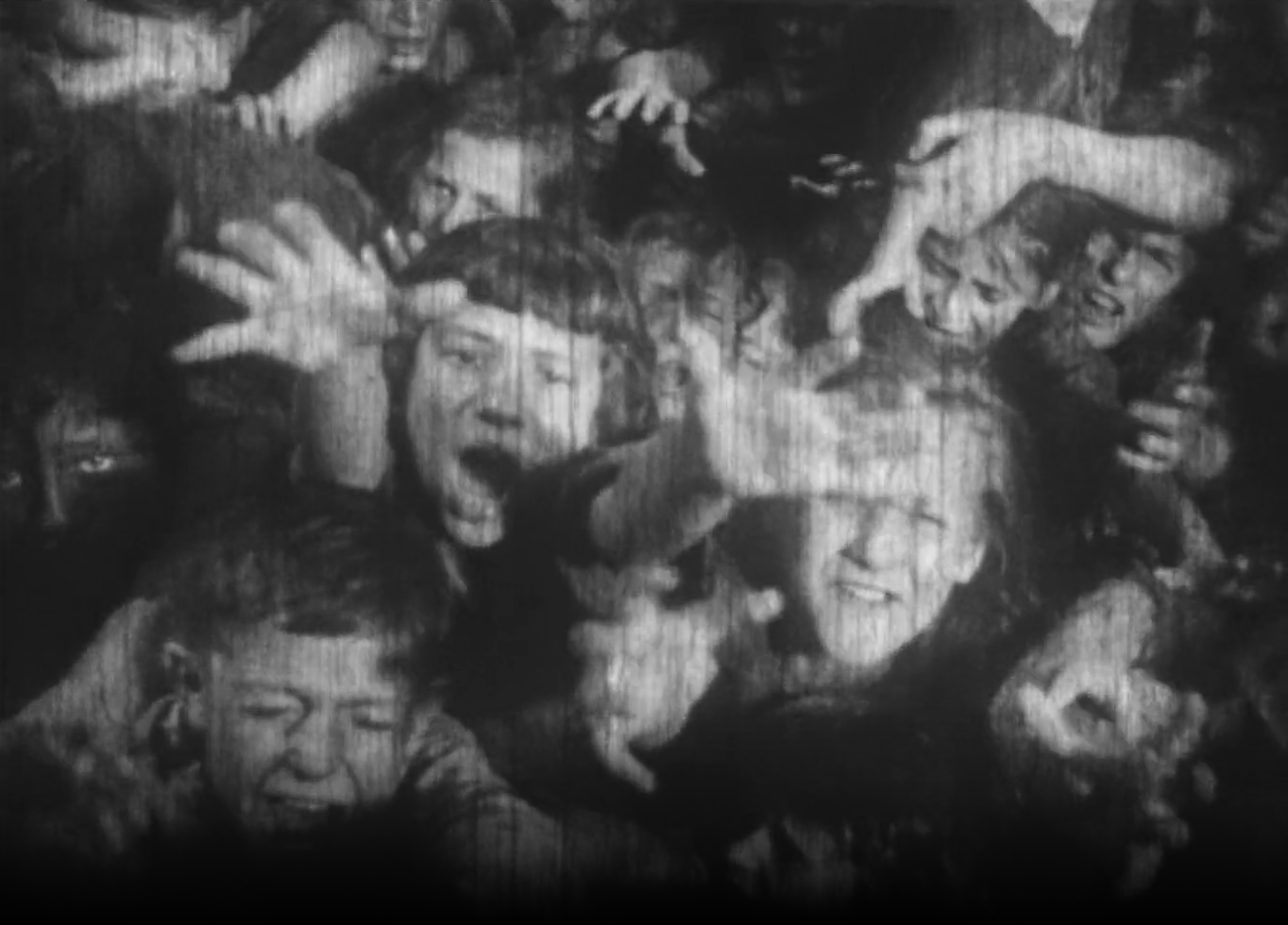
Metropolis, arriving in the advent of Ford’s assembly lines, reflects the fears of the working class that resulted from the rapid industrialization of the age. Showing a bleak view of the future of labor and the dehumanization that results from “cog-in-the-machine” style of job, Lang uses visual metaphors to explore the concept.
From the outset, the workers are never shown to be individuals. Moving as a unit from rigidly defined rectangles to the strict choreographed movement of operating on the machine that becomes Moloch, the message is clear: the workers have no identity outside the collective. Further into the movie, the workers are revealed to be dehumanized to the point of lacking names or identifiers outside their assigned machine and number. The only characters who are shown have names are the upper class: the rulers and the elites. Metropolis shows an extreme vision of a stratified society, where humanity and individuality is only deigned to those at the top.
The concept is further developed through the palpable mob mentality that persists even when the workers leave their posts within the machine. When they listen to Maria’s sermon, their movement is characterized by a lack of autonomy or personal thought, being drawn literally closer when Maria enchants them with her words. During the revolt as well, they are incited to action by Maria, consistently only being reactive and never proactive.
While a lot of the visual identity being stripped from the workers and treating them as a visual mob is in line with German expressionism, it does not detract from the overall point being made that there are no individuals among the poor, only the wealthy can be people.
The concept of identity theft present with the Machine-Man is a surprisingly modern one as well. With social media becoming a common form of communication and a source of influence, hacking is a real and common event. The commentary of masses blindly following a face is a real threat that even modern times can take lesson from, and teaches people to think critically about information being presented and to consider the validity of the source it arrives from.
The most striking visual scenes of the film also reflect the concept of individuals losing their identity within a group. In the scene where Maria strikes the gong as the city floods, the children become less a group with many individuals and more of a collective similar to the workers, forming into the iconic scene of the circle of flesh that draws closer to island as the flood intensifies. (The fact that the persons on the island who draws the children closer are the only individuals with names in the vicinity is not a fact that should go unnoticed as well.)

This collision masses is also used as a vehicle for demonstrating the most extreme of emotions, favoring intensity over nuance. Lang does not use a scalpel to carve out specific emotions with careful movement, rather, he employs crowds as a chainsaw to give the most impact. In the presence of the sheer volume of people, Lang shows that there is no grief, only anguish; no relief, only elation; no anxiety, only horror. In that aspect then, Lang approaches movement in film in a heavy-handed manner when compared to later filmmakers such as Akira Kurosawa who show specificity when employing crowds, where a pinpoint emotion is amplified and not a general feeling.
It is not hard to realize that this is how we still think of people today. There are "individuals" and Ayn Rand-ian rulers who bend the will of the world to their needs, and then there are the people who follow and exact their masters' desires. It is the "Great Man Theory" of history, it is the news cycle only showing the leaders, it is even the individuals who live in the imperial core who get to feel like big men who have big important jobs, not realizing the thousands of hands who labor to make their lives possible from the commodities they consume like coffee, tea, chocolate and vanilla, to the infrastructure and global logistics that have made $1 shirts a reality.